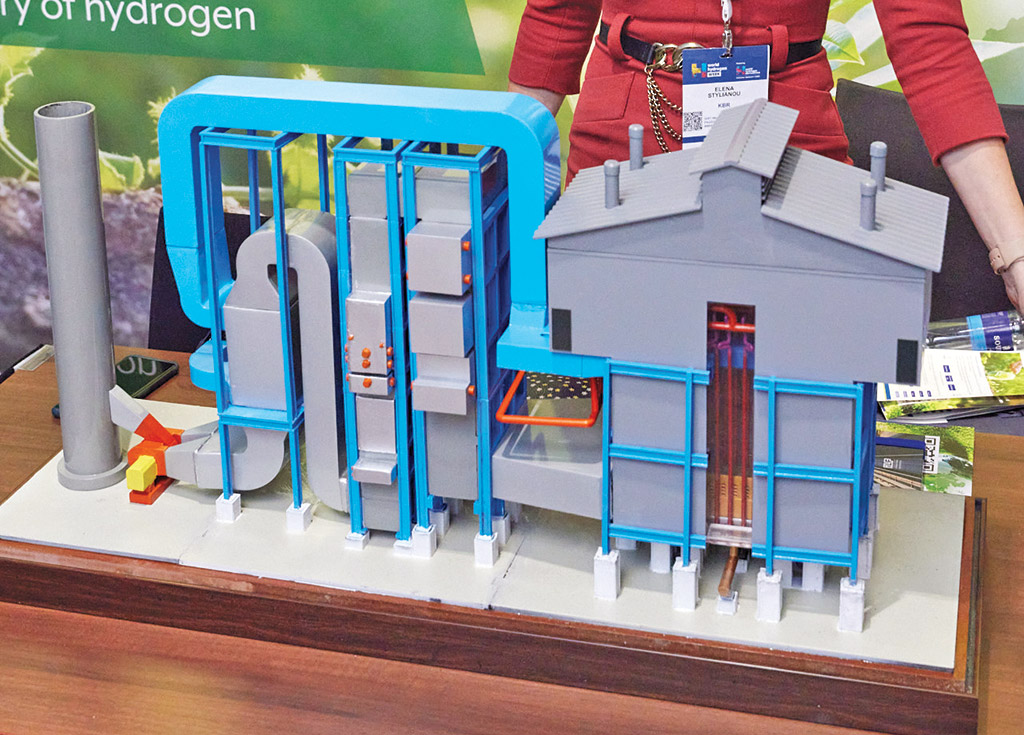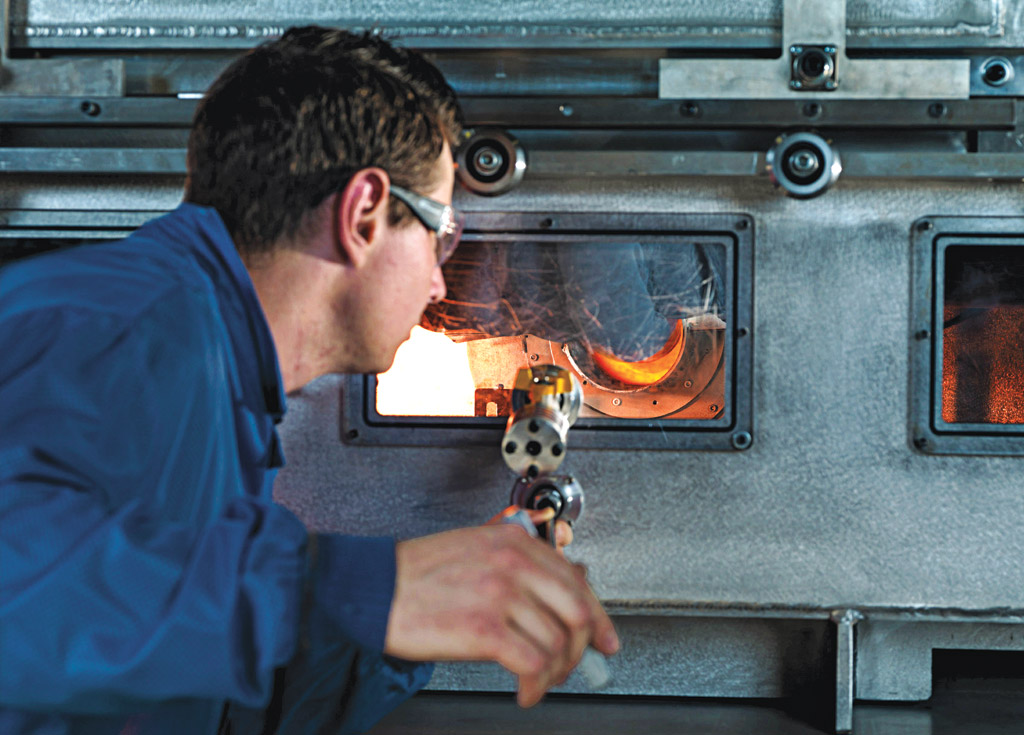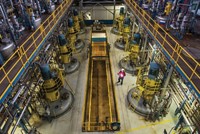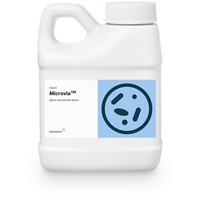Advertisement
Grab your lab coat. Let's get started
Welcome!
Welcome!
Create an account below to get 6 C&EN articles per month, receive newsletters and more - all free.
It seems this is your first time logging in online. Please enter the following information to continue.
As an ACS member you automatically get access to this site. All we need is few more details to create your reading experience.
Not you? Sign in with a different account.
Not you? Sign in with a different account.
ERROR 1
ERROR 1
ERROR 2
ERROR 2
ERROR 2
ERROR 2
ERROR 2
Password and Confirm password must match.
If you have an ACS member number, please enter it here so we can link this account to your membership. (optional)
ERROR 2
ACS values your privacy. By submitting your information, you are gaining access to C&EN and subscribing to our weekly newsletter. We use the information you provide to make your reading experience better, and we will never sell your data to third party members.
Biochemistry
The world’s first antiaging probiotic from the world’s largest chemical company
BASF is working on a delivery system to keep its wrinkle-reducing bacteria alive
by Alex Scott
February 16, 2024
| A version of this story appeared in
Volume 102, Issue 5

BASF, the world’s largest chemical company, is renowned for its highly efficient, large-scale petrochemical processes, but increasingly the firm is demonstrating that it can also break new ground using biochemistry. Case in point: an antiaging skin cream based on live Lactobacillus crispatus bacteria.
At a glance
▸ Company: BASF
▸ Opportunity: To be the first company to make a collagen-boosting, antiaging topical probiotic
▸ Technology: Fermentation to produce Lactobacillus crispatus bacteria
▸ Status: BASF is in talks with cosmetics firms to sell them quantities of Probiolift.
“It is a lighthouse project for us,” says Torsten Clarius, senior business development manager for BASF’s cosmetic active ingredient business, which calls the bacteria Probiolift. Whether—or how—microorganisms influence skin aging has hardly been investigated, he says.
The German firm is happy with the results of its studies. “What surprised us is that if you try to take these same microorganisms and deactivate them, then it doesn’t work,” Clarius says. But further investigation revealed that live bacteria stimulate the production of collagen in the lower skin layer known as the dermis.
A subsequent 56-day in vivo study of 29 White women aged 45–65 years showed that a cream featuring a 0.25% concentration of live L. crispatus increased the production of collagen in human skin by 180%, resulting in a marked reduction in the presence of wrinkles.
BASF found that L. crispatus is abundant on the skin of young adults but mostly disappears by the time people reach their mid-50s. BASF sourced its original bacterial strain directly from human skin and then reproduced it via fermentation. “We have no need to modify it. It is really not necessary to intervene in the natural skin microbiome,” Clarius says.
Jan Ramakers, a fine chemical analyst based in the Netherlands, calls the bacteria a new approach to antiaging products. “People tend to be willing to spend money on looking younger—even if only temporarily,” he says in an email.
BASF’s investigation into the antiaging effects of L. crispatus began in earnest in 2016, when the company created a research program dedicated to developing solutions that act on—or through—the skin microbiota.
“It is also interesting to see that BASF is slowly moving some parts of its business more into the direction of biotech and sustainable manufacturing,” Ramakers notes. BASF makes the lion’s share of its cosmetic ingredients by extracting target compounds from plants and other raw materials. “But fermentation and biotech processes are definitely coming up as we are investing in this field,” Clarius says.
BASF is in discussions with potential customers for Probiolift, Clarius says, noting that a cosmetic company can take 2 or 3 years to bring a new product to market. “I believe that we are ahead of the market, ahead of the competition,” he says.
The commercialization of Probiolift comes, though, with a potential problem: “Incorporating live bacteria in cosmetic recipes is a challenge, as we need to ensure that the bacteria remain viable, not only in our commercial packages but also in the final customer recipes,” Clarius says. BASF has yet to settle on a delivery system that keeps the bacteria alive.
“You try to avoid the use of preservatives,” Clarius says. “One possibility is a double-chamber system, where bacteria are in a separate chamber, the cream is in a separate chamber, and they are mixed upon application.
Another potential obstacle to the commercialization of Probiolift is consumer discomfort with the notion of smearing live bacteria on their faces. If Probiolift is to be a success, some kind of consumer education may be required, Clarius says.
One selling point is that the production process is sustainable. “It doesn’t need a lot of energy,” he says. And “everything that we put into this reactor is renewable.” Furthermore, BASF uses the material left after the fermentation process to make other cosmetics.
While a cosmetic active ingredient may do little to nudge the company’s financial needle compared with a new petrochemical or pesticide, BASF is hopeful that Probiolift will prove to be lucrative. Within the field of cosmetics, Clarius says, Probiolift “can become bigger than our other products that we currently sell.”
CORRECTION
This story was updated on March 8, 2024, to correct a statement about Lactobacillus crispatus’s action in the skin. Live cultures of the bacteria stimulate the production of collagen in the dermis; they do not synthesize collagen.
New Technologies








Join the conversation
Contact the reporter
Submit a Letter to the Editor for publication
Engage with us on Twitter